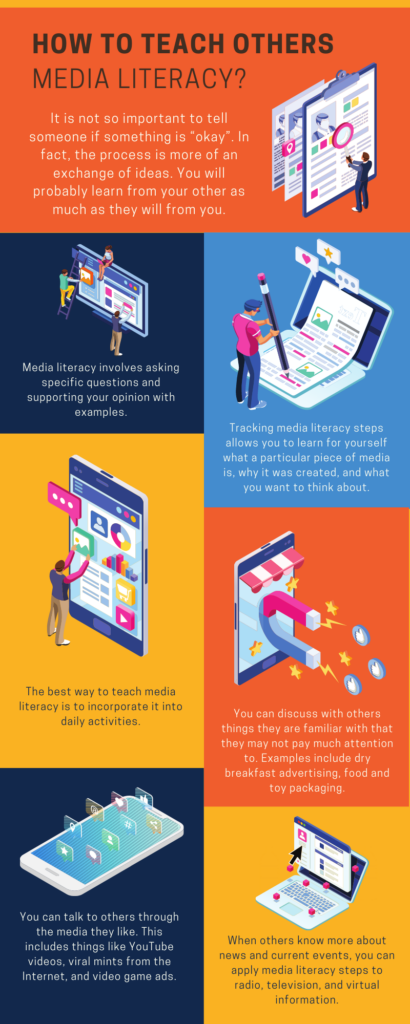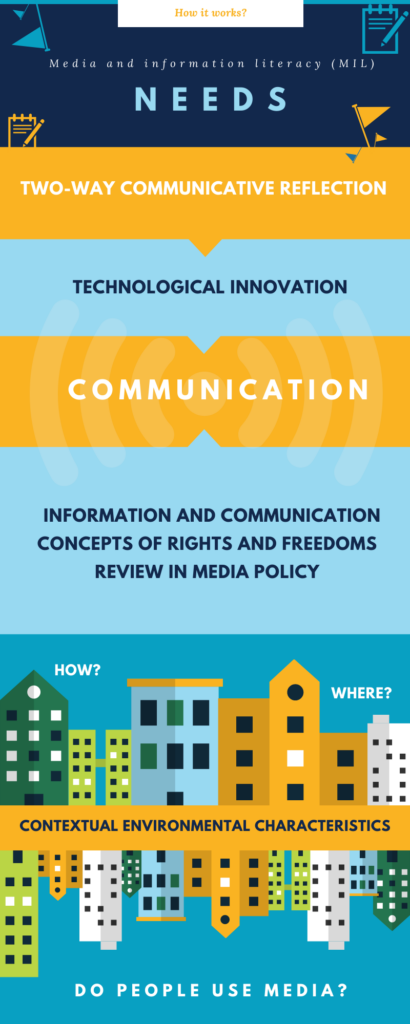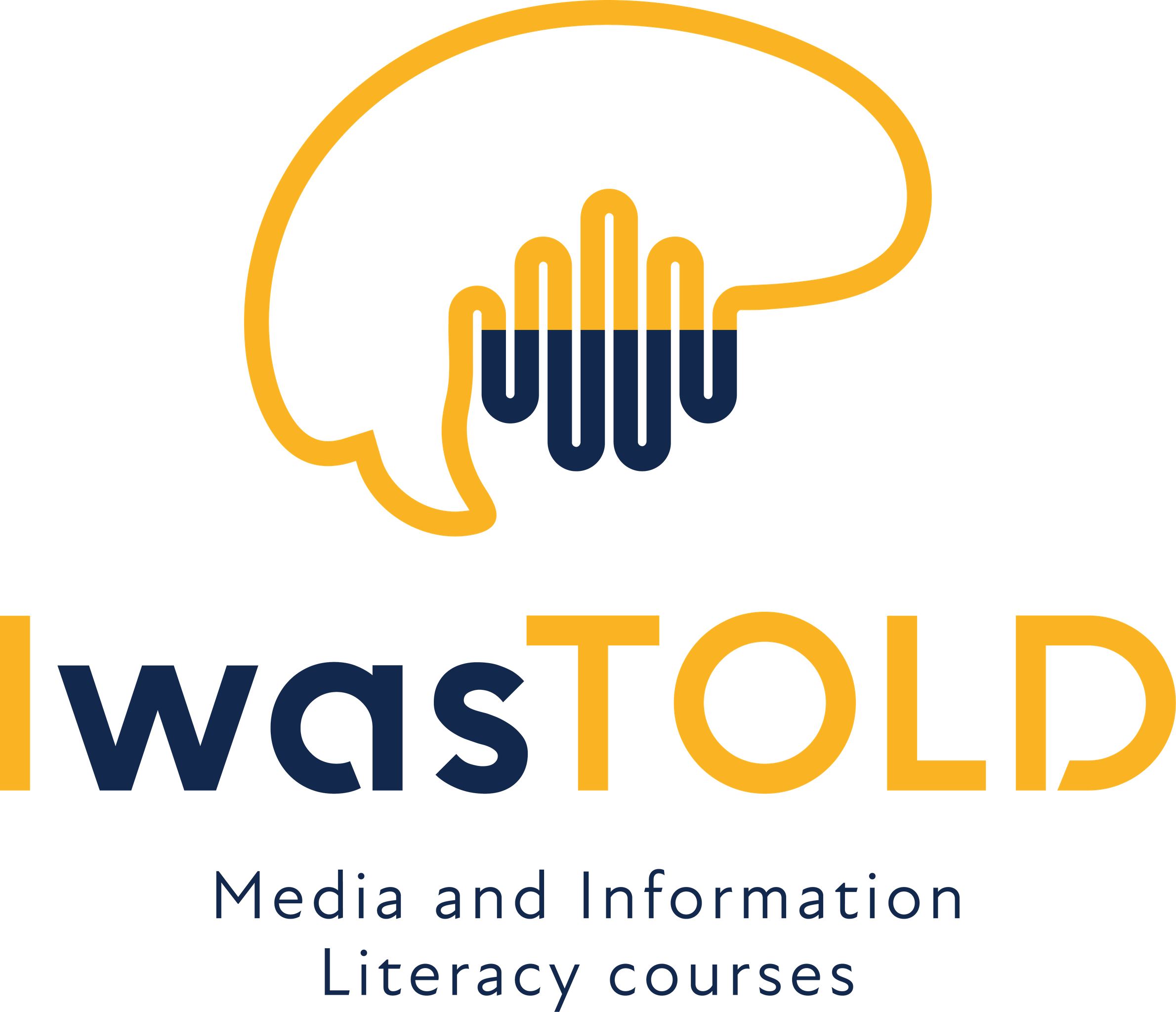Getting depper: what is advertising, cinema, television and gaming literacy?
Advertising literacy
Advertising is an important phenomenon in our consumer culture, and there is a wealth of information about advertising literacy available on the Internet. According to researchers who study advertising and consumer advertising, there are many definitions of advertising literacy. Advertising researchers say that advertising literacy is the knowledge of consumers about the types of advertising, aspects of production and techniques. Consumer advertising researchers, meanwhile, suggest the idea that the goal of advertising literacy is to understand the formality of advertising, i. the ability of consumers to perceive the advertising model in everyday life. In general, advertising literacy can be defined as the ability to recognize, evaluate, and comprehend advertising and other commercial messages. (more – http://www.academia.edu/4791158/The_Development_and_Testing_Advertising_Literacy_Instrument)
Advertising literacy is part of media literacy and can be divided into the ability to distinguish advertising from programs and the ability to recognize persuasive intentions inherent in advertising. Advertising literacy plays an important role in reducing the receptivity to advertising, in general, it is the implementation of knowledge about advertising in real life. According to one proposed model of advertising literacy, it consists of four dimensions: information literacy, visual / aesthetic literacy, rhetorical literacy and advertising literacy. (more – https://www.researchgate.net/publication/312044885_THE_DIMENSIONS_OF_ADVERTISING_LITERACY_A_META-ANALYTIC_REVIEW)
Cinema literacy
Cinema literacy is also called film literacy. Nowadays, the idea that literacy can be learned through films is especially common, there are even dedicated courses abroad, film classes. Film literacy is the level of understanding of a film that is able to be conscious when choosing a film; the ability to critically view a film and analyze its content from a cinematic and technical point of view; the ability to control his language and the technical sources of the production of creative moving artistic images.
Film literacy makes it possible to understand how the texts of film and moving artistic images make sense, encourages watching films from a variety of sources, and inspires you to make films yourself. Doing so becomes culturally literate – the ability to “read” the texts of films and moving artistic images and “write” them yourself.
Television literacy
Television literacy is one of the most difficult to define, although it is one of the oldest forms of literacy. The Center for Media Literacy associates television literacy with critical viewing. Therefore, it must be acknowledged that the use of the word “literacy” is metaphorical. In this view, the terms ‘reading’ and ‘critical viewing’, ‘literacy’ and ‘television literacy’ become synonymous. Both the reader and the viewer learn to be active – to question, analyze, react, research and understand the media, whether they are on a printed sheet or on a lighted television filming site.
The effect of watching TV can be both positive and negative; the goal of this model is to approach the media through newly discovered pleasures, respect, resentment, curiosity, and knowledge. If you know the realities behind the scenes of the media, you will not be stunned or manipulated by their message. (more – http://medialit.net/reading-room/what-critical-viewing)
Gaming literacy
“When people learn to play video games, they learn new literacy,” says James Paul Gee, a researcher whose research focuses on literacy. Eric Zimmerman, a video game designer, defines games literacy (gaming literacy) as an approach to literacy based on game design. According to the author, it is the ability to understand and create specific types of meanings. It is based on three things – system, game and design. More – http://ericzimmerman.com/files/texts/Chap_1_Zimmerman.pdf
According to the author, it should be remembered that game literacy is not some kind of real-world influence – it is a specific form of literacy. Game literacy is not about “serious games” – game design to teach disciplinary subjects such as algebra, it is not “persuasion games” that are designed to convey a message to the player and it is not about training professional game designers, does not assume that everyone can be a game designer.
How to improve your media literacy skills?
When it comes to the importance of media literacy, the question often arises as to how to develop media literacy skills? How to analyze media messages, check their reliability, and bias?
The first step is to deconstruct i.e. break down the message into parts and ask yourself a question in each part. Media messages are constructed, which means they can be deconstructed. Visually, it looks like this:
• Sender: Who created the message? Who distributes it?
• Message: What does the message say (subject and purpose)? Who supports the message? What is missing?
• Measure: In what form is the message presented (advertisement, letter, article, language)?
• Recipient: Who is the target audience? Who else sees, reads or listens to messages?
• Context: When and where is the message delivered? What is before and after her? What effect does it have?
The second step is to analyze the prospects. Every message has them. What is the view in the message? What perspectives are excluded? Missing perspectives can be identified on the following issues:
• Who created the message and why?
• Who would disagree with this message and why?
• Does the message present correctly what everyone is talking about in its content?
• Are any key perspectives excluded?
The third step is to notice the bias. Bias is constantly encountered in advertising and political rhetoric. Biased messages incorrectly ask a question. Bias is revealed through exaggerated emotions, vagueness, inequality, and inaccurate language. The following questions can help identify bias:
• Is the language prone to extremes, with uncompromising statements?
• Is the message based more on emotion than on reason and logic?
• Is the message simplified and the information summarized?
• Does the message offer a one-sided and limited approach?
• Does the message logic appear vague and distorted?


pic. 1. Inforgraphic-reminder of MIL needs by Austėja Pečiurienė
